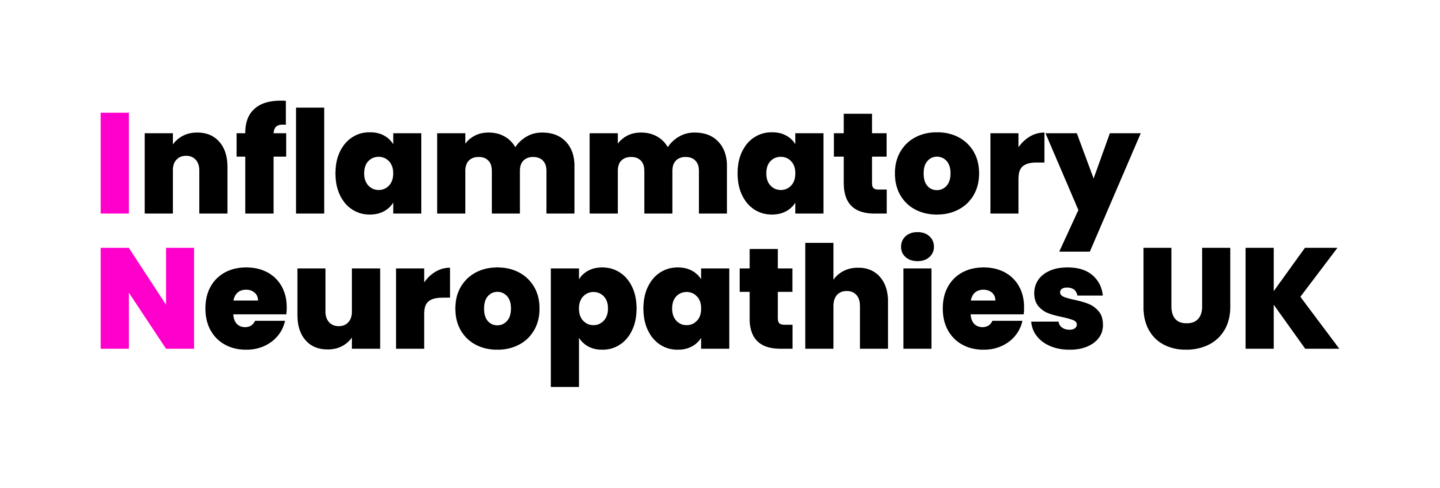Executive summary
This paper provides an overview of the safety profile of plasma donated in the United Kingdom (UK). It is intended to inform the Member States of the European Union (EU) and European Economic Area (EEA), and any other interested party, on the safety profile of UK plasma in the context of vCJD and with respect to its fractionation in the EU for the manufacture of plasma-derived medicinal products (PDMP). It is also intended to assist the plasma industry when considering fractionation of UK-sourced plasma, and to encourage the European Medicines Agency (EMA) to use the latest information in concluding its updated guidance.
Among the many safeguards to prevent the transmission of vCJD through blood components and PDMPs was a ban on the use of UK plasma for the production of all PDMPs, which the UK introduced in 1999. Meanwhile, many non-UK countries implemented deferrals for blood donors, who lived or received a transfusion in the UK.
Cases of vCJD in the general population have been far fewer than had been predicted when precautionary safety measures were introduced more than 20 years ago. Since the introduction of leucodepletion in 1999, and accounting for the incubation period, more than 40 million UK-derived blood components have been issued in the UK with no reports of transfusion-transmitted (TT) vCJD. In February 2021, the UK Government made the decision to permit the manufacture of immunoglobulin from UK plasma.
Following separate reviews that concluded no significant difference in the risk posed, the United States (US), Australia and Ireland have, between 2019 and 2022, lifted their deferrals of blood donors with a history of living in the UK, and the US also accepts donations from people previously transfused in the UK All these reviews conclude that the risk of transmission of vCJD from UK plasma is not significantly different from the risk from any other source of plasma for the manufacture of PDMPs.
Further, the updated US position means that plasma and products imported from the US into Europe may already contain UK plasma, making the current European position inconsistent – a development that also supports a review in Europe. There is rising demand for PDMPs and Europe is facing a threat of shortage in the supply of plasma-derived immunoglobulins to treat patients. Europe (including the UK) depends on US plasma imports for more than 38 % of its need and the EU has an annual shortfall of 3.8 million litres of the plasma needed to manufacture PDMPs for European patients, whilst the clinical need for PDMPs is increasing by approximately 6% per year.
Industry and patient groups are clear that the use of UK plasma would bring significant benefits to European patients and the resilience of the European plasma supply chain, by releasing pressure on the system with the additional source of plasma. Inclusion of UK plasma donations is also supported by ethical considerations, namely that ensuring an adequate supply of PDMPs will save patients’ lives.
We conclude that UK plasma for fractionation is as safe as plasma from other sources and urge all blood regulators to take account of this safety profile when considering fractionation of UK plasma. In addition, we suggest that blood regulators review and revise their guidelines on the deferral of donors who have lived in, or received a transfusion in, the UK.
To read the full paper, click here: https://gaincharity.org.uk/wp-content/uploads/2023/01/Position-paper-on-UK-plasma-UK-Forum-2022.pdf

